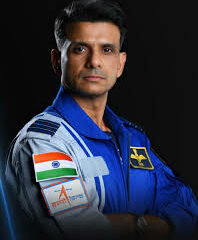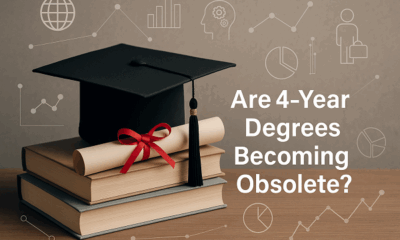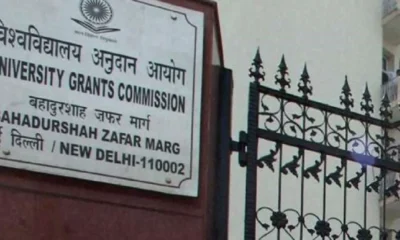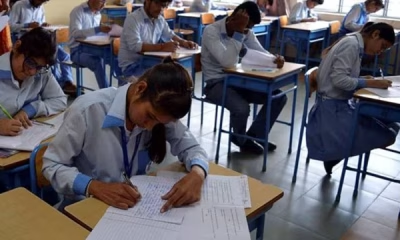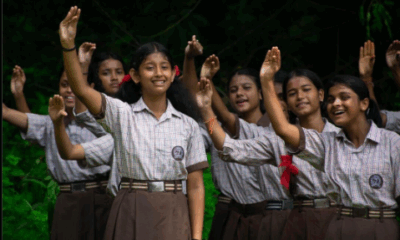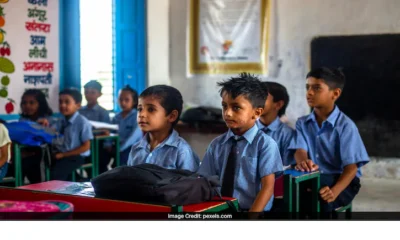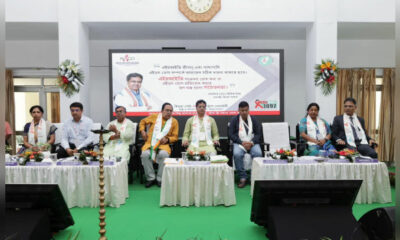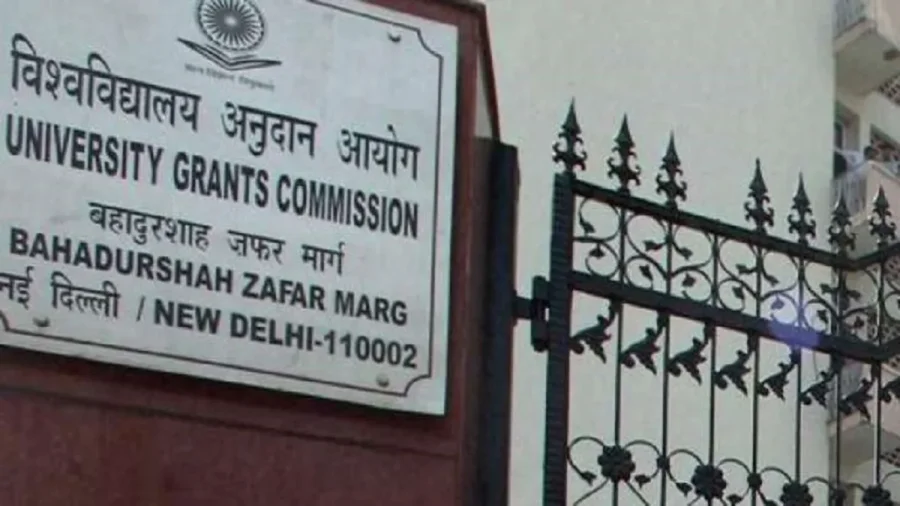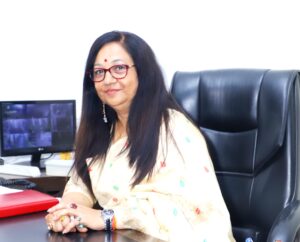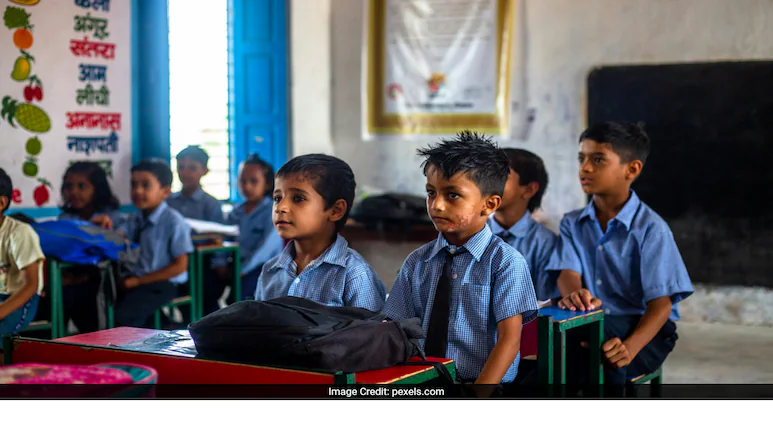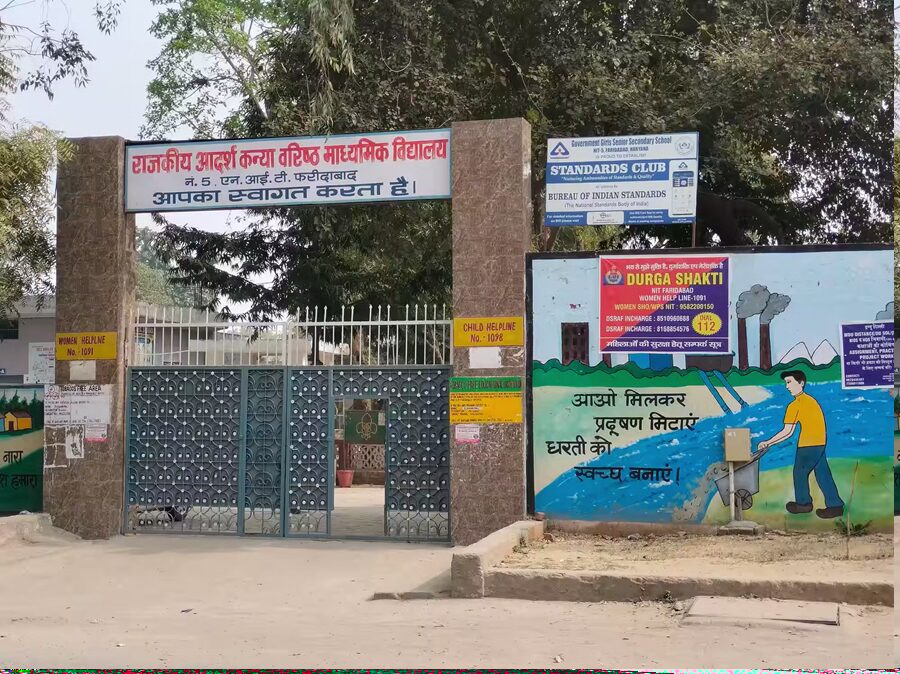“Creativity is that marvelous capacity to grasp mutually distinct realities and draw a spark from their juxtaposition.” – Max Ernst
Art and Science twain are considered to be polar opposites which shall never meet. Students, universities, corporates — all of them have considered both as separate entities. Increasingly people started believing that this is not good enough to prepare future workforce in this volatile environment and data drenched world. One of the first people to realize this was Georgette Yakman, considered to be an architect behind STEAM. But before understanding STEAM, it is important to understand STEM.
What is STEM?
Curriculum integration based on Science, Technology, Engineering, and Mathematics (STEM) was initiated in US in the year 1998. Instead of teaching students four disciplines separately it was decided to package them together to develop a holistic approach amongst the students. Blended learning environment, and how scientific methods can be applied makes STEM education different from traditional learning. Techno innovation is widely accepted as a bright career choice today and it will also shape our future. But STEM education does not yield the mental agility that comes from an intuitive, initiator, and innovative problem solver and that courage lies in understanding art and design at length.

What is STEAM?
Science and technology were the transformative forces of the past century, today it needs to be coupled with Art + Design to bring transformation in society, in our learners, and in our education system.
The modern approach to learning and catering to meet the new education needs of the 21st century was initiated and called STEAM which integrates subjects like Science, Technology, Engineering, The Arts, and Mathematics to draw points to cater to students dialogues, inquiry, and critical thinking ability. The end result of STEAM education is, it makes students calculated risk takers, constantly engage them in experiential learning, develop a creative and collaborative approach and engage in problem solving. It makes them truly educated, innovators, and learners of 21st century.
STEAM concept was formalized by Georgetter Yakman in 2006 but it did not gain much attention. The Barack Obama administration in 2009 promoted in US the ‘Educate to Innovate’campaign which inspired and motivated students, educators, industries, and policymakers.
STEM to STEAM is an initiative advocated by Rhode Island School of Design (RISD) and it was globally adopted by education institutes, individuals, and corporates. It is simply said to be a way to teach things related to each other which is considered to be more engaging and fun than traditional learning. Someone has rightly said, we learn how to organize with Maths, by using technology we research as historians so that we are able to comprehend, and communicate through engineering. The transdisciplinary skills developed in students make them valued by employers.STEM to STEAM movement was rolling forward positively in last few years as STEM lacks key components of education desired by the industry and required by students to thrive in future.
Albert Einstein was an accomplished artist, and Charles Darwin was culturally inspired from theatre, literature, and poetry. Da Vinci used both art and science together in his work.
STEAM education is igniting conversations across the globe about how creativity and innovation; the essentials coming from art and design education are today being valued by employers and for economic growth today it has to be integrated with science and technology. The journey of STEAM education sounds quite intriguing, but at the same time it’s quite puzzling if not implemented properly and there are educators who are not even sure how to deliver it in the right spirit.
Tata Sons Chairman, Natrajan Chandrasekaran, in his recent interview to PTI said, STEM education is important to us, and we are committed to promote and encourage education in this filed and support the children across the globe. He remarked that all of us are very close to technology, and especially when we are dealing with customers across the globe we need to embrace their psychology and adopt cutting edge technology.
Some of the core components of STEAM education are –
1. It is an assimilated approach to learning where there is a connect between learning standards, evaluations, and lesson design;
2. It involves integration of two or more than two streams while teaching, delivered and assessed in an integrated manner;
3. Appreciating inquiry, collaborative approach to learning, and following logical processes are the essential core components of STEAM education.
4. Use of veracity from the Art stream in teaching science or technology make this initiative more beautiful.
Benefits of STEAM Education
Traditional education focused on convergent thinking, while inclusion of arts and design thinking developed divergent thinking amongst graduates which helps to explore various possible solutions. Students who possess both set of skills can contribute much better to workplace productivity. It engages students into STEM subjects at the same time ensuring that student’s creativity do not fall by wayside. To make scientific experiments results broadly fathomable and actionable artistic hand and mind can be a worthy choice.
“Art is the queen of all sciences communicating knowledge to all the generations of the world.” – Da Vinci
One stream is data driven, while another is driven by emotions. One is more dominant by tech introverts, while other by expressive characters. But I would call these only stereotype differences. But when we start practicing these two disciplines together we realize how important both the discipline are. Both the disciplines search for truth, and rationale for the same deeply. Yes, agreed artist studio, and scientist lab are the last places reserved, but they generate lot of thinking and doing. Streams have borrowed themselves from another streams and hybrid education is a way of life today. An artist can be a great partner in triangulation of the scientific unknown.
To me art, and science are natural partners as in both the streams approach problem through inquiry, and open-mindedness. None of the stream has a fear of the unknown, and possess complementary thinking. When both the streams join hands, the collaboration brings out unexpected results. The unusual nature of today’s problems can be bridged by best of the talents from integrated discipline and we can solve them by application from both the qualitative and quantitative domain.
Schools often struggle with students who are not open to learn, and deliver poor test scores. Schools who have embedded literacy education in their curriculum have seen rising assessment scores, and increased willingness to learn amongst their students; That science linked with creative pursuits can yield better results has been proved again and again. Let’s have a look at few success stories
Taylor Elementary School at Virginia embedded art and music in their regular curriculum. Traditionally presented geometric principles were explained drawing a scenery while to understand different stage of plant lifecycle music was created using Apple software. It inspired students for peer learning and developed more positive inclination towards deep understanding of the subject;
University Place elementary School, Alabama is facing complete education revival due to STEAM education. They feel STEAM education made their students come out of the trauma coming from the loss of loved ones and their homes and they have emerged stronger than ever.
An 18 year old Chennai boy, Sai Kiran, won second prize in NASA Ames Space Settlement Contest, 2017 where he visualizes creation of link between moon and earth that will allow human settlement in lunar space. Sai applied designed thinking and took a concrete step towards converting a dream into reality.
Kavya, a 12 year old engineer, robotics champion, and environmental philanthropist, became the first youngest team to qualify for First Lego League – European Open Championship in Aarhus this year for her new designed product Bee saver Bot. Her unique idea, integrated with technology made her class apart for this championship.
Roadblocks in STEAM Education
I believe by providing art instructions we can actually help produce innovative scientists today. Even today art-science partnerships in India are very subjective and it is still felt that creative instincts developed through art education can be transferred and used in other fields.
STEAM education in India is still in its nascent stage and has not realized its full potential because there are no clear cut guidelines, and people also do not have conceptual clarity. There is also lack of tech support and infrastructure with schools and colleges as well as lack of resources to implement. Even there is scarcity of trained STEAM education teachers. Resistance to change is also a common disease in the Indian education system, and you will find old educators especially reluctant to adapt themselves to newer ways.
The Future of STEAM Education
STEAM education creates an active and collaborative learning environment in the classroom and engages students in learning. We just can’t deny that STEAM education enhances employment opportunities and inculcates a practical problem solving approach, so it has a great future even when it is facing many roadblocks. In times to come schools, colleges, industry will naturally encourage STEAM education to match demand and supply of necessary workforce skills. Policymakers and educators in India really need to act fast to keep pace with the advancement happening across the globe scientifically as well as economically and bring changes in the education system.
The world has accepted the fact that it isfine to commit mistakes, think out of box, commit failures, and cherish the joy of exploring at the same time having a strong bond with science and mathematics to discover. Teaching art and science together in the curriculum is vital, essential, and desirable today. Students need to learn sound methods, develop logical thinking, testing hypothesis, and interpret results with valid conclusions. It is equally important for them to understand and develop arguments, and creative decision making process. It will clearly enhance their employability and foster new skills. It’s time to see a new generation of resurgent men and women who recognize the importance of coexistence of analysis and creation.
This article was originally published in the May 2017 issue of ScooNews magazine. Subscribe to ScooNews Magazine today to have more such stories delivered to your desk every month.
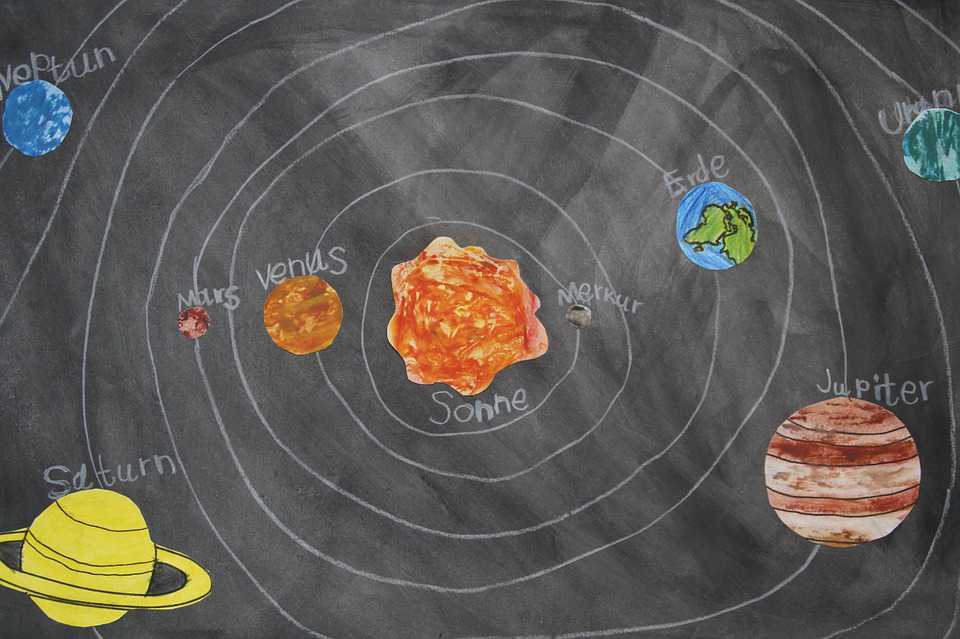
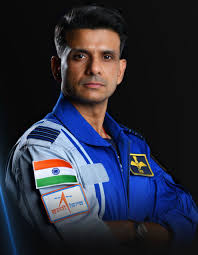

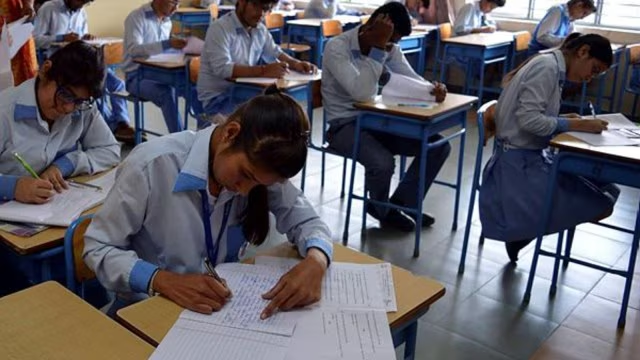
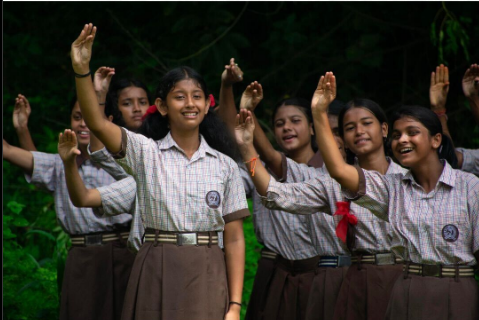
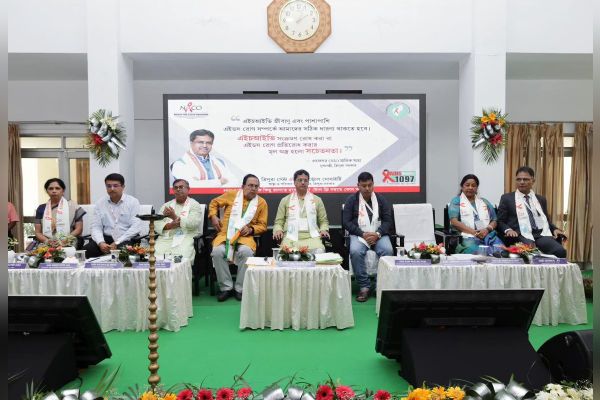
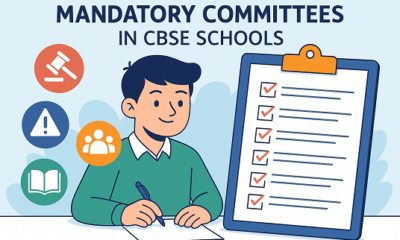
 Education3 months ago
Education3 months ago
 Education1 month ago
Education1 month ago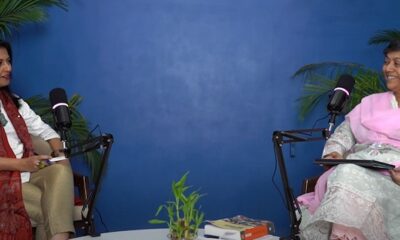
 Education3 months ago
Education3 months ago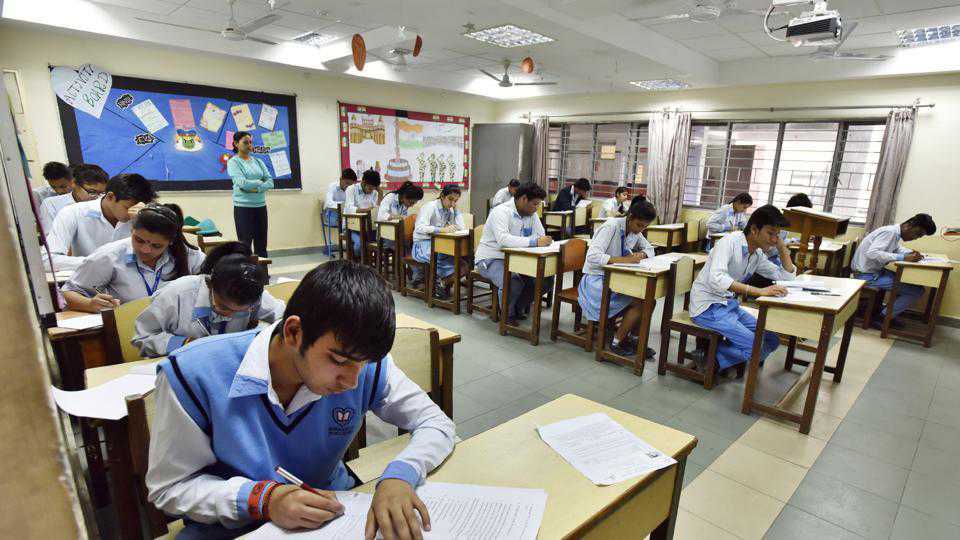
 News3 months ago
News3 months ago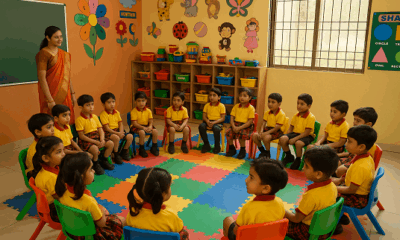
 Education2 months ago
Education2 months ago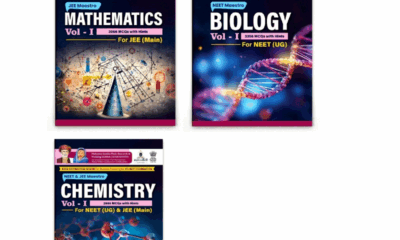
 Education3 months ago
Education3 months ago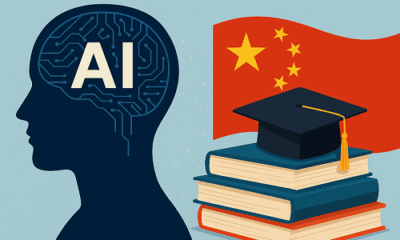
 Education3 months ago
Education3 months ago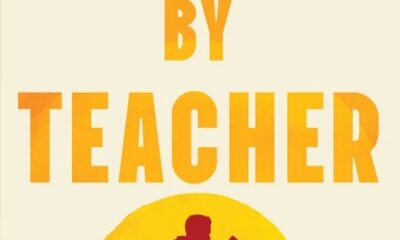
 Education2 months ago
Education2 months ago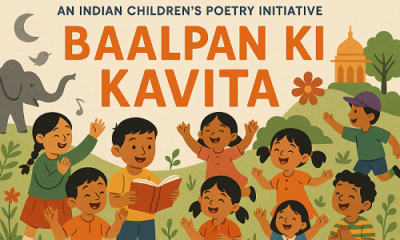
 Education3 months ago
Education3 months ago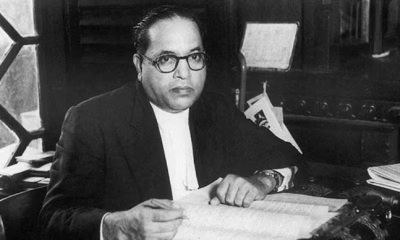
 Education3 months ago
Education3 months ago




